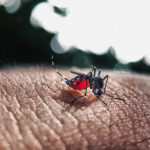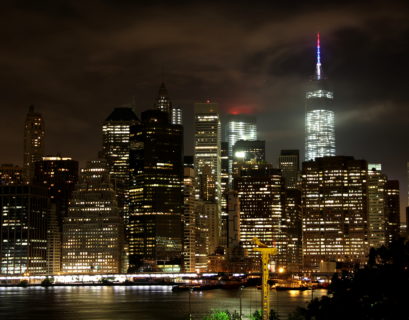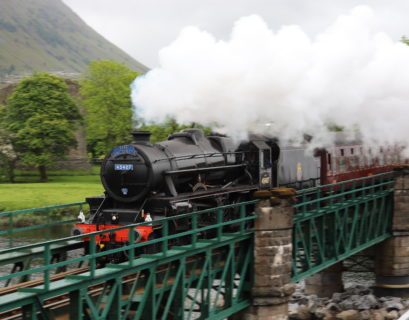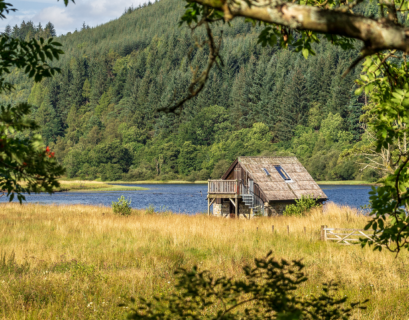Introduction
In this hobby, a lot depends on the right equipment. Due to high prices, it makes sense to read a lot about what you plan to buy so there is little room for disappointment right at the start. Here are my experiences.
I have two reasons for including this page and I am very open and honest about them: First, these articles are linked to online sellers through according programs which enable me to generate revenue (without causing you, the reader any cost. So you can see this as a way of supporting me, should you be interested in any of the articles presented here. But secondly, I want to say the following: I do not promote everything I own, but the items presented here are ones that I am really convinced of. This is obviously hard to prove given the nature of it being in part advertisement, but I truly am. For example, I often link my pictures on Instagram with the Hashtag Canon. I am in no way affiliated with Canon, they never gave me any money or products, but in years of using their products, I have not been disappointed a single time. They simply perform and they perform on a high technical level. I will not discourage you from buying Sony or Nikon products, they are competitors and I am sure they have advantages and disadvantages, but in my career as a photographer, I have never once thought about buying one of their cameras because my first one was a Canon and it never made me want to change. Consider this perspective when you see these items and consider my intention for this page also as serious, honest support for companies who, in my opinion, create great products. Enjoy!
Cameras
First I want to make clear that there are many great producers of cameras out there and it is not my intention to give a comprehensive guide on all their products. You could most likely fill a book trying to cover that topic. So with this in mind – Let’s dive in! DSLRs are to date the royal family of cameras. They stand apart from the rest in an aura of high quality and esteem.
This first statement might shock you: If you have no experience in photography, every DSLR will perform the same in your hands. Technical standards are so high today that for most photographers it’s difficult to reach the technical limits of their camera. A decade ago, image resolution was low, storage limitation and the software on the cameras was still under rapid development to keep up with the changes on the hardware front. Those days have long gone and today every DSLR of one of the main producers will perform well for a non-pro photographer (and this does not refer to your interests or how serious you are about your hobby – it simply means that if you don’t spend hundreds of hours a month using the camera, this is true for you)
I myself have owned two DSLR and used maybe a dozen different products. My first DSLR was a Canon EOS 100 that I still use sometimes because it has a very small body, is therefore easy to transport and is simply more comfortable on a hiking trip compared to its big brother: My Canon Eos 6D mark ii. There were multiple reasons for me to upgrade from a beginner DSLR like the 100D to the pro model 6D.
The 100D was my way of figuring out how serious I wanted to be about photography without spending too much money. Once I was certain that I wanted to pursue this hobby much more than I had anticipated and some opportunities for great photography arose I decided to go pro on the hardware. The other point was, that the 100D is very small and light. In some situations that can be what you want (hiking etc.) but it makes holding the camera still and taking great pictures a lot more difficult than a well balanced, larger camera body.
Furthermore, the 6D offered higher resolution and one feature I have come to love over the last 2 years: Wifi and Bluetooth connection. I can connect my phone to the cam and download images, edit them on the phone and post them to social media. This is a great way of using the time you spend in a car on a road trip. No Laptop, no computer, no nothing. Or imagine you’re on a small trip with a friend and take a nice picture of that person – you can simply take those pictures and send them to your friend right away. No emails 2 weeks later about that picture you forgot. It seems unimportant but it’s really great.
Lenses
Again a topic one could fill a book with but I will just quickly list some lenses I use and why:
- Sigma Art 85mm F1,4 DG HSM: The non-plus ultra profile lense. It is heavy (that’s not a metaphor and no joke. This is a boulder.) but the picture quality, the performance of the lense is simply mindblowing. 85mm is a classical profile lens with a relatively small field of view. It is, however, an investment on multiple fronts: it will set you back roughly 1000€, it weighs above 1kg and it requires large filters which will cost you extra. It also consumes a lot of space in your bags. But trust me – it’s all worth it. If you don’t feel like trusting me on this lend it from a store and try it out – you will be in love like I am.
- Sigma 24 mm F1,4 DG HSM Art: The wide-angle sibling of the 85mm lens mentioned above. These two lenses are equal in all their properties. This one is also heavy but sturdy, has a fast focus and F1.4 gives you a lot of creative liberties. At around 700€ you get a lense that will be with you for decades and perform and perform and perform and perform …
- Canon EF 70-200mm F4L IS II USM: Perfect for taking pictures of animals in some distance. It does not provide the zoom a 600mm would but it is great at the range you can handle without a tripod. Always keep in mind that lenses with 300mm, for example, shake a lot (because the zoom also multiplies your movements. At the same time, they receive less light so you have to expose for a longer time. If you decide to go without a tripod anyway – This lense will be a great option for you. The revised version has a very fast zoom and like all lenses from Canons L series, it boasts all their manufacturing prowess. Like the lenses mentioned above, it requires some space in your bag however and at 1300€ it is a tough decision compared to the other options available from Tamron for example. I had the luck of being able to lend one for free for my last Australia trip and was completely convinced of its value.
Transport
I currently use a blue Manfrotto Off Road Bag that has especially been developed with DSLR photographers in mind. As I described recently on Reddit it has an ingenious chest strip that makes hiking very enjoyable with even a heavy camera not stored in the bag but ready to use right in front of your chest.






